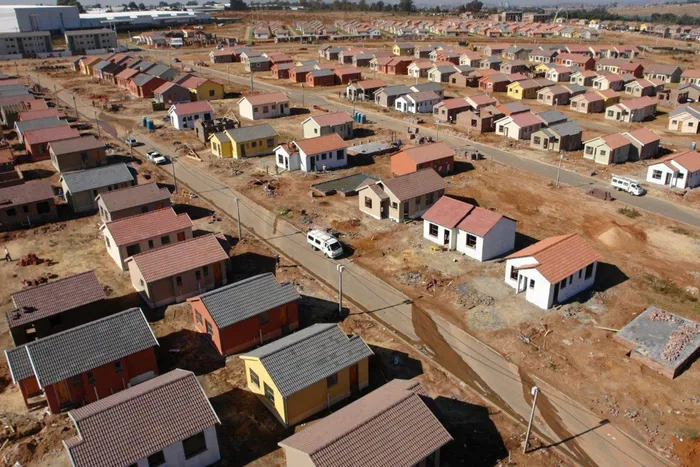Easing monetary conditions spark a gradual recovery in South Africa's property market

The overall pace of recovery in South Africa's property market still remains measured.
Image: Supplied
South Africa’s property market is gradually responding to the easing monetary conditions, although the overall pace of recovery remains measured.
The current interest rate environment has already begun to support improved affordability and sentiment, particularly within the affordable housing segment, says Siphamandla Mkhwanazi, the senior economist at FNB.
“Our latest data shows that house price growth accelerated to 3.2% year-on-year in June, alongside strengthening market indicators,” Mkhwanazi said.
Last week, the South African Reserve Bank’s Monetary Policy Committee decided to reduce the repo rate by a further 25bps, reducing it to 7.0% with the prime lending rate dropping to 10.5%
Mkhwanazi said the MPC’s decision, coupled with signals of further rate cuts, is expected to reinforce the gradual recovery underway in the property sector. He said interest rate-sensitive segments, such as first-time property buyers, stand to benefit the most, supporting price growth in the lower end of the market.
“However, a broader and more sustained recovery will hinge on the performance of the wider economy, which remains dependent on structural reforms and greater policy clarity both domestically and globally,” he said.
The South African Reserve Bank’s decision to cut the repo rate by 25 basis points to 7.00% offers modest relief to the residential property market, says Renier Kriek, managing director at Sentinel Homes.
He said the modest reduction translates into an estimated saving of around R250 per month on a R1.5 million home loan over 20 years, nominally easing affordability for buyers and existing homeowners.
He added that the cut brings total interest rate relief in SARB’s current cutting cycle, which started in September 2024, to 1%, with the repo rate having been cut from 8% to 7% over the period.
However, Kriek said the SARB simultaneously revised its GDP growth outlook downward, signalling that economic momentum remains weak. As a result, he said, consumers are unlikely to be buoyed significantly by this marginal lowering of interest rates, and property demand may see only gradual or shallow improvement.
The alternative home financier said from an economic perspective, South Africa’s most pressing need is for economic growth and job creation, which is the rising tide that would lift the boats of all segments of the economy, including the property market.
“Due to the SARB’s policy stance, which now deviates from their stated mandate, real interest rates remain too high to stimulate meaningful fixed capital formation - investments critical for expanding housing supply and creating employment in construction, manufacturing and other capital-intensive industries.
"This highlights the challenge of balancing inflation control with the need for growth-supportive policy.”
The MD said National Treasury needs to step in and take control of the SARB, which he said is riding roughshod over its agreed mandate.
He said the lower yields on fixed-income securities, like bonds, mean that the capital value of those instruments has increased on the back of the announcement, meaning that the bond investors, including balanced funds and similar retail savings vehicles, have made some money today.
“The Rand has also weakened because of the announcement, as can be expected. This is likely, ignoring Rand volatility, to raise the prices of imports and have a small inflationary effect.”
Mkhwanazi said the MPC’s latest decision appears to reflect a shift in focus toward domestic conditions, namely subdued inflation and weak growth, rather than global uncertainties such as geopolitical tensions and policy volatility.
“In addition, forward guidance remains encouraging for the property sector, suggesting further support to the ongoing positive momentum,” he said.
Independent Media Property
Related Topics: